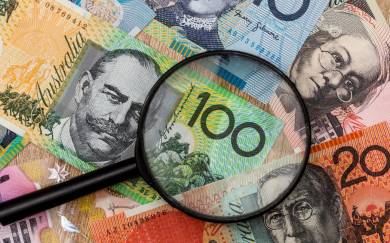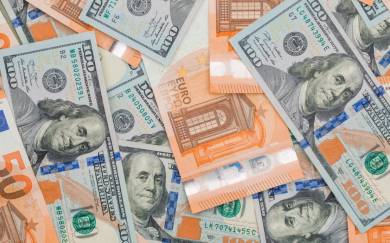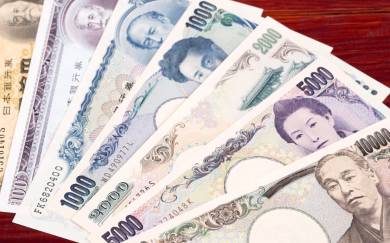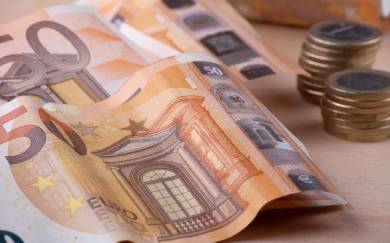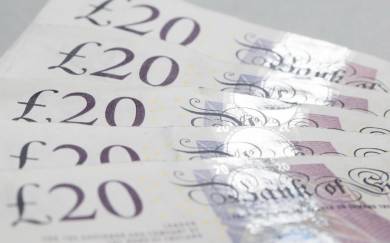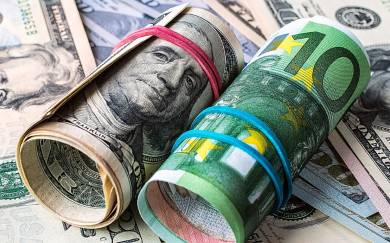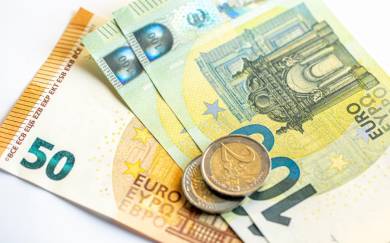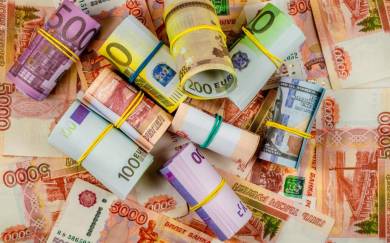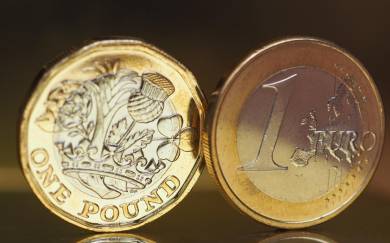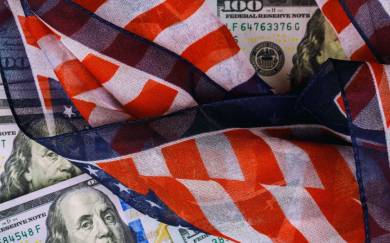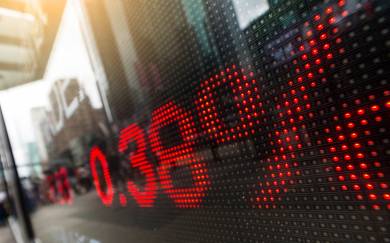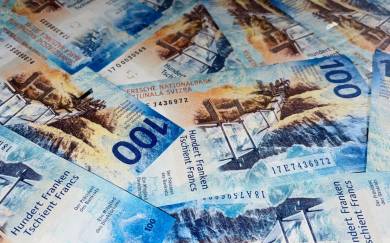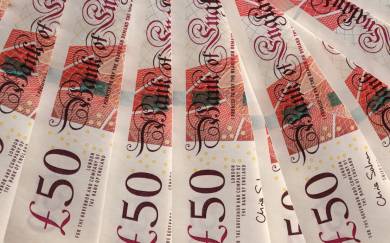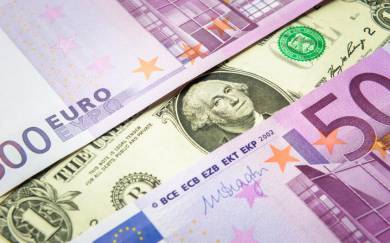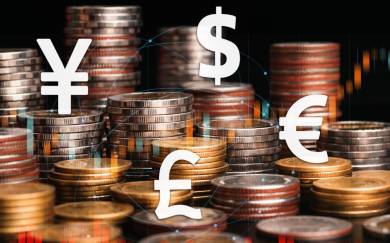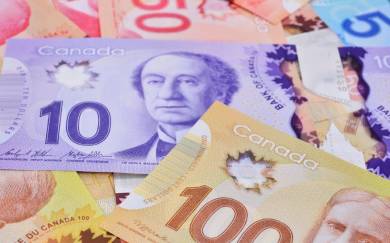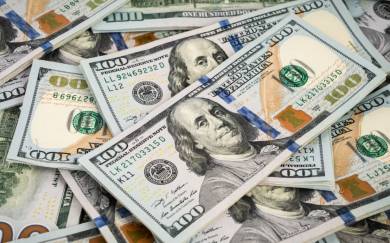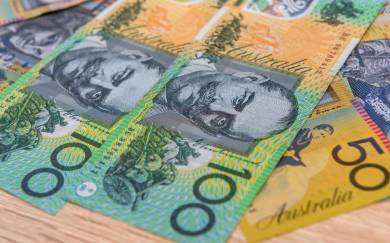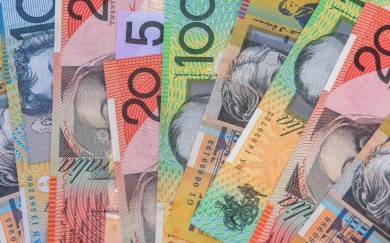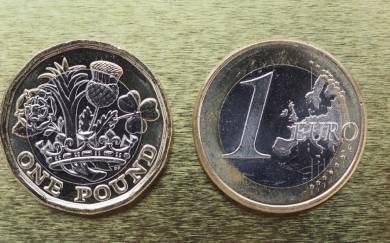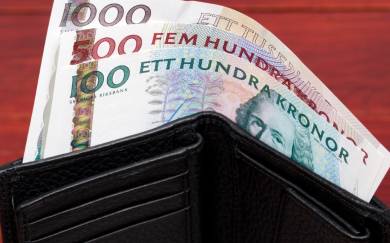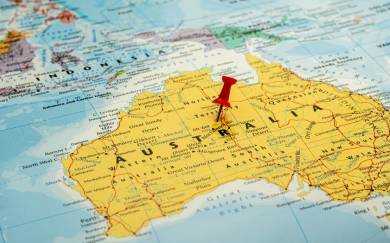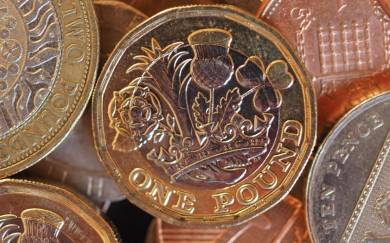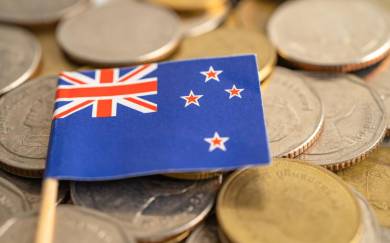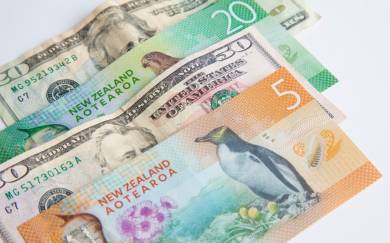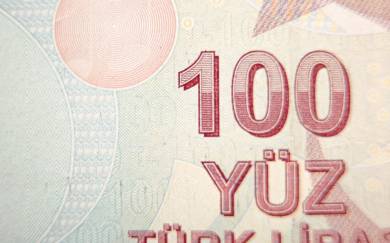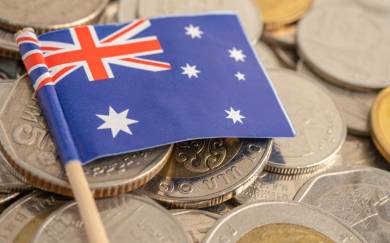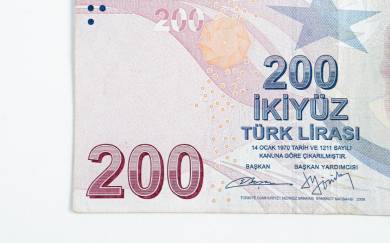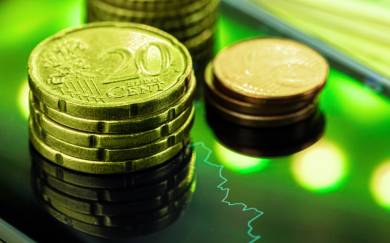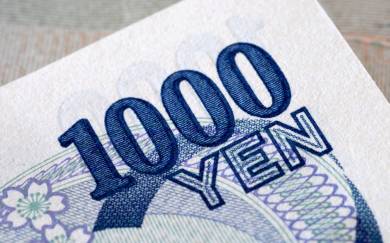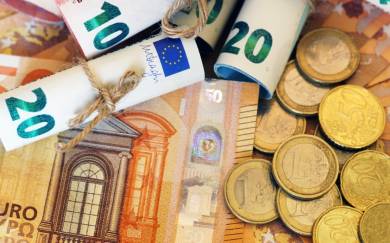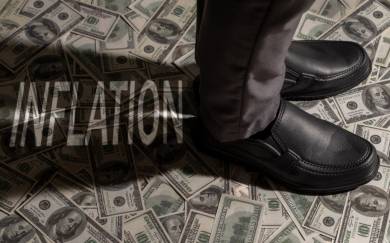What It Is Worthy To Pay Attention Next Week 23.01-29.01

InstaForex Analysis 22.01.2023 15:36
High volatility continues to rock the markets. Last week was also influenced by it, especially after new data from the US published an important report. Last Wednesday's report showed a slowdown in inflation in the country, this time in the production of various goods: the PPI fell in December (to -0.5% against the forecast of -0.1% and the previous value of +0.2%, and to 6.2% on an annualized basis against the forecast of 6.8% and the previous value of 7.3%). A week earlier, consumer inflation data had also shown another slowdown, with the annual CPI falling back to 6.5% in December from 7.1% a month earlier and the core CPI dropping to 5.7% from 6% in November.
At the same time, data on some of the most important sectors of the U.S. economy show a slowdown, which is a consequence, among other things, of the Federal Reserve's tight policy.
In particular, according to the data from last week, the volume of industrial production declined again (to -0.7% in December from -0.6% in November), moreover, the forecasted decline by -0.1%, and capacity utilization rate - to 78.8% from 79.4% a month earlier.
Despite the fairly good labor market conditions, the aforementioned and other data put pressure on Fed policymakers to reconsider their tough approach to monetary policy parameters in the direction of easing. Raising rates as macroeconomic indicators deteriorate is an unacceptable mistake, economists say, especially since the Fed's tight monetary policy has already borne fruit - inflation is falling, though still far from the 2% target.
Next week will provide new food for thought for market participants regarding the Fed's monetary policy outlook. Particular attention will be paid to Thursday's release of preliminary U.S. GDP data for Q4 2022. Growth is expected to be 2.8% (after a 3.2% increase in Q3 and a decline in the first half of the year). This data will push back the threat of a technical recession (2 consecutive quarters of GDP decline).
Market participants will pay attention to the release of important macro data on both the U.S. and other major economies of the world, such as Canada, Australia, Germany, the eurozone economy, British, as well as the results of the Bank of Canada meeting (Wednesday) on the monetary policy.
Monday, January 23
Australia. Manufacturing Purchasing Managers Index (PMI) (from Commonwealth Bank of Australia and S&P Global). Services PMI (from Commonwealth Bank of Australia and Markit Economics) (preliminary releases)
These reports are an analysis of a survey of 400 purchasing managers in which respondents are asked to assess relative levels of business conditions, including employment, production, new orders, prices, supplier deliveries, and inventories. Since purchasing managers have perhaps the most up-to-date information on company conditions, this indicator is an important indicator of the state of the Australian economy as a whole. These sectors form a significant part of Australian GDP. A result above 50 signals is seen as positive (or bullish) for the AUD, whereas a result below 50 is seen as negative (or bearish) for the AUD. Data worse than 50 is seen as negative for the AUD.
Previous Values:
Manufacturing PMI: 50.2, 51.3, 52.7, 53.5, 53.8, 55.7, 56.2, 55.7.
Services PMI: 47,3, 47,6, 49,3, 50,6, 50,2, 50,9, 52,6, 53,2.
The level of influence on the markets is medium.
Tuesday, January 24
Germany. Manufacturing PMI (PMI). Composite index (PMI) of business activity (preliminary releases).
This S&P Global report is an analysis of a survey of 800 purchasing managers in which respondents are asked to assess the relative level of business conditions, including employment, production, new orders, prices, supplier deliveries, and inventories. Since purchasing managers have perhaps the most up-to-date information on company conditions, this indicator is an important indicator of the state of the German economy as a whole. This sector accounts for a large portion of Germany's GDP. Normally, a result above 50 signals is seen as positive, or bullish for the EUR, whereas a result below 50 is seen as negative, or bearish for the EUR. Data worse than the forecast and/or the previous value will have a negative impact on the EUR.
Previous values:
Manufacturing PMI: 47.1, 46.2, 45.1, 47.8, 49.1, 49.3, 52.0, 54.8, 54.6, 56.9, 58.4, 59.8,
Composite PMI: 49.0, 46.3, 45.1, 45.7, 46.9, 48.1, 51.3, 53.7.
January forecast: 47.5 and 48.9, respectively.
The level of influence on the markets (pre-release) is high.
Eurozone. Manufacturing PMI Composite (preliminary release)
S&P Global Manufacturing PMI (manufacturing PMI) released by S&P Global is a significant indicator of business conditions in the eurozone. A result above 50 signals is seen as positive (or bullish) for the EUR, whereas a result below 50 is seen as negative (or bearish) for the EUR. Data worse than the forecast and/or previous value will have a negative impact on the EUR. Previous values: 49,3, 47,8, 47,3, 48,1, 48,9, 49,9, 52,0, 54,8, 55,8, 54,9.
Forecast for January: 49.0.
The level of impact on markets (pre-release) is high.
UK. Manufacturing and Services sectors (PMI) (provisional release)
The PMI Manufacturing and Services Business Activity released by S&P Global is a significant indicator of British economic conditions. If the data is worse than expected and the previous value, the pound is likely to decline short-term, but sharply. Data better than the forecast and the previous value will have a positive effect on the pound. In the meantime, a result above 50 is seen as positive and strengthens the GBP, below 50 is seen as negative for the GBP.
Previous values:
Manufacturing PMI: 45.3, 46.5, 46.2, 48.4, 47.3, 52.1, 52.8, 54.6, 55.8, 55.2, 58.0, 57.3.
Services PMI: 49,9, 48,8, 48,8, 50,0, 50,9, 52,6, 54,3, 53,4.
Forecast for January: 45.0 and 49.9, respectively.
The level of influence on the markets (pre-release) is high.
US. S&P Global Business Activity Indices (PMI): Manufacturing, Composite and Services Economy (Preliminary Release)
The S&P Global Composite PMI and Services PMI are among other monthly reports released by S&P Global and are important indicators of the health of the US manufacturing and US economy as a whole. A result above 50 is seen as positive (or bullish) for the USD, whereas a result below 50 is seen as negative (or bearish) for the USD. Readings above 50 signals an acceleration in activity, which is positive for the USD. If the indicator falls below the forecast, and especially if it is below 50, the USD may weaken sharply in the short term.
Previous PMI values:
46.2, 47.7, 50.4, 52.0, 51.5, 52.2, 57.0, 59.2 in the manufacturing sector.
Composite 45.0, 46.4, 48.2, 49.5, 44.6, 47.7, 52.3, 53.6, 56.0;
In the services sector 44.7, 46.2, 47.8, 49.3, 43.7, 47.3, 52.7, 53.4, 55.6.
The level of market impact of this S&P Global report (preliminary release) is high. However, it is still lower than the similar report from ISM (American Institute for Supply Management).
The outlook for January is 46.1, 44.7 and 44.5, respectively.
The level of influence on the markets (pre-release) is high.
New Zealand. Consumer Price Index (CPI) (Q4)
Consumer prices account for most of the overall inflation. Rising prices cause the central bank to raise interest rates to curb inflation, and conversely, when inflation declines or there are signs of deflation (this is when the purchasing power of money increases and prices of goods and services fall), the central bank usually seeks to devalue the national currency by lowering interest rates in order to increase aggregate demand.
This indicator (Consumer Price Index, CPI) is key to assess inflation and changes in consumer preferences.
A high reading is bullish for the NZD, while a low reading is bearish.
Previous values: +2.2% (+7.2% annualized) in Q3, +1.7% (+7.3% annualized) in Q2, +1.8% (+6.9% annualized) in Q1 2022).
Data better than forecast and previous values should reflect positively on NZD.
Forecast for Q4: +2.4% (+7.1% YoY).
The level of impact on the markets is high.
Wednesday, January 25
Australia. CPI (Q4). Reserve Bank of Australia CPI, Core Inflation Trimmed mean (Q4)
The Consumer Price Index (CPI) measures the change in prices of a basket of goods and services over a certain period. CPI is a key indicator to assess inflation and changes in purchasing habits. Assessment of the inflation rate is important for the central bank management in determining the parameters of current monetary policy. A figure below the forecast/previous value can provoke weakening of the AUD, as low inflation will force the RBA governors to pursue a soft monetary policy course. Conversely, rising inflation and high inflation will pressure the RBA to tighten its monetary policy, which is seen as positive for the currency in normal economic conditions.
Previous values of the index: +1.8% (+7.3% annualized) in Q3, +1.8% (+6.1% annualized) in Q2 2022, +2.1% (+5.1% annualized) in Q1 2022, +1.3% (+3, 5% annualized) in Q4, +0.8% (+3.0% annualized) in Q3, +0.8% (+3.8% annualized) in Q2, +0.6% (+1.1% annualized) in Q1 2021.
Forecast for Q4 2022: +1.7% (+7.2% annualized).
The level of impact on markets is high.
The RBA Core Inflation - Trimmed mean - (for Q4)
Released by the RBA and the Australian Bureau of Statistics. It captures the movement of retail prices of goods and services, which are included in the consumer basket. The simple truncated average method takes into account the weighted average core, the central 70% of the index components. Previous index values: +1.8% (+6.1% annualized) in Q3, +1.5% (+4.9% annualized) in Q2 2022, +1.4% (+3.7% annualized) in Q1 2022, +1.0% (+2, 6% annualized) in Q4, +0.7% (+2.1% annualized) in Q3, +0.5% (+1.6% annualized) in Q2, +0.3% (+1.1% annualized) in Q1 2021.
Forecast for Q4 2022: +1.9% (+6.7% annualized).
The level of impact on the markets is high.
Canada. Bank of Canada interest rate decision. Accompanying statement of the Bank of Canada.
The interest rate level is the most important factor in assessing the value of a currency. Investors look at most other economic indicators only to predict how rates will change in the future.
The country's inflation rate has accelerated to a near 40-year high (in February 2022, Canadian consumer prices rose 5.7% year-over-year after rising 5.1% in January to a 30-year high, in May to 7.7%, and already 8.1% in June). This is the highest rate since early 1983!
The Bank of Canada estimates that the neutral interest rate level, at which it neither stimulates nor slows economic activity, is 2.5%.
The current interest rate level is 4.25%. The Bank of Canada is widely expected to raise interest rates again at this meeting, most likely by 0.25%.
In an accompanying statement, Bank of Canada policymakers will explain the decision and possibly share plans for the monetary policy outlook.
The tough tone of this statement will cause the Canadian dollar to strengthen. A more softer tone may provoke weakening of the CAD.
The level of impact on the markets is high.
Canada. Bank of Canada Press Conference
The press conference consists of 2 parts - first the prepared statement is read out and then the conference is open to questions from the press. This is one of the main methods the Bank of Canada uses to communicate with market participants about monetary policy, also giving hints about future monetary policy. It elaborates on the factors that have influenced the bank's interest rate management decision.
During the press conference, Bank of Canada Governor Tiff Macklem will explain the bank's position and give an assessment of the current economic situation in the country. If the tone of his speech is firm on the monetary policy of the Bank of Canada, the CAD will strengthen in the foreign exchange market. If Macklem argues in favor of monetary policy easing, the CAD is likely to decline. In any case, during his speech high volatility in the CAD is expected.
The level of influence on the markets is high.
Thursday, January 26
US. Annual GDP for Q4 (Preliminary Estimate). Core Personal Consumption Expenditures Index (PCE Price Index). Unemployment claims. Durable goods orders. Orders of capital goods (excluding defense and aircraft)
The GDP is a key indicator of the US economy. Along with labor market and inflation data, GDP data are crucial for the US central bank in determining its monetary policy.
A strong result strengthens the U.S. dollar; a weak GDP report negatively affects the dollar.
There are 3 versions of GDP released at monthly intervals - Preliminary, Revised, and Final. Preliminary release is the earliest and it has the biggest impact on the market. The Final release has less impact, especially if it coincides with the forecast.
Previous values for the index (annualized) are: +3.2%, -0.6%, -1.6%, +6.9%, +2.3%, +6.7%, +6.3% (Q1 2021).
Forecast for Q4 2022 (preliminary estimate): +2.8%.
The level of impact on markets (pre-release) is high.
The Core Personal Consumption Expenditure Index (or Core PCE) is the primary measure of inflation which Fed FOMC officials use as the primary indicator of inflation.
The level of inflation (in addition to labor market and GDP conditions) is important to the Fed when setting its monetary policy parameters. Rising prices put pressure on the central bank to tighten its policy and raise interest rates.
Price index (PCE) values that are higher than forecasted could push the U.S. dollar up, as this would hint at a possible hawkish shift in the Fed's outlook, and vice versa.
Previous values are +4.7% (Q3), +4.7% (Q2 2022), +5.2% (Q1 2022), 5.0% (Q4 2021), +4.6% (Q3), +6.1% (Q2), +2.7% (Q1 2021).
Forecast for Q4 2022 (preliminary estimate): +5.3%.
The level of impact on markets (preliminary release) is high.
Also at the same time, the U.S. Labor Department will release its weekly report on the state of the U.S. labor market with data on the number of initial and continued jobless claims. The labor market condition (together with GDP and inflation data) is a key indicator for the Fed in determining its monetary policy parameters.
A result above expectations and a rise in the indicator suggests weakness in the labor market, which negatively affects the U.S. dollar. A fall in the indicator and its low value is a sign of labor market recovery and can have a short-term positive impact on the USD.
The initial and continued Unemployment Claims are expected to remain at pre-pandemic lows, which is also a positive sign for the USD, indicating a stabilization of the US labor market.
Previous (weekly) values for initial jobless claims data: 190,000, 205,000, 206,000, 223,000, 216,000, 214,000, 231,000, 226,000, 241,000, 223,000, 226,000, 217,000, 214,000, 226,000, 216,000, 219,000, 190,000, 209,000, 208,000, 218,000, 228,000, 237,000, 245,000.
Previous (weekly) values on unemployment reapplication data: 1647k, 1634k, 1694k, 1718k, 1669k, 1678k, 1670k, 1609k, 1551k, 1503k, 1494k, 1438k, 1383k, 1364k, 1365k, 1346k, 1376k, 1401k, 1401k, 1437k, 1412k.
The level of influence on the markets - from medium to high.
Orders for durable goods. Orders for capital goods (excluding defense and airvraft)
Durable goods are defined as hard products with an expected life of more than 3 years, such as cars, computers, appliances, and airplanes, and imply large investments in their production.
This leading indicator measures the change in the total value of new orders for durable goods placed with manufacturers. Growing orders for this category of goods signal that manufacturers will increase activity as orders are filled.
Capital goods are durable goods used to produce durable goods and services. Goods produced in the defense and aviation sectors of the U.S. economy are not included in this indicator.
A high reading strengthens the USD, while a low reading is negative for the USD. A low reading is also negative for the USD, while a high reading is positive for the USD.
Previous Durable Goods Orders Indicator: -2.1% in November 2022, +0.7%, +0.3%, +0.2%, -0.1%, +2.2% in June, +0.8% in May, +0.4% in April, +0.6% in March, -1.7% in February, +1.6% in January.
Previous values for the "capital goods orders excluding defense and aircraft" indicator: +0.2% in November 2022, +0.3% in October, -0.8% in September, +0.8% in August, +0.3% in July, +0.9% in June, +0.6% in May, +0.3% in April, +1.1% in March, -0.3% in February, +1.3% in January.
Forecast for December: +2.5% and 0%, respectively.
The level of impact on the markets is high.
Friday, January 27
U.S. Personal Consumption Expenditures (PCE Core Price Index)
The annual core price index PCE (excluding volatile food and energy prices) is the main inflation indicator used by Fed FOMC officials as the main indicator of inflation.
The level of inflation (in addition to labor market and GDP conditions) is important to the Fed when setting its monetary policy parameters. Rising prices put pressure on the central bank to tighten its policy and raise interest rates.
Core Price Index (PCE) values above the forecast could push the U.S. dollar up, as this would hint at a possible hawkish shift in the Fed's outlook, and vice versa.
Previous values: +4.7% (annualized), +5.0%, +5.1%, +4.9%, +4.7%, +4.8%, +4.7%, +4.9%, +5.2%, +5.3%, +5.2% (in January 2022).
Forecast for January: +0.2% (+4.6% annualized).
The level of influence on the markets is medium to high.
U.S. University of Michigan Consumer Confidence Index (final release)
This index is a leading indicator of consumer spending, which accounts for most of the overall economic activity. It also reflects American consumers' confidence in the country's economic development. A high reading indicates economic growth while a low reading indicates stagnation. Generally speaking, a low reading is seen as negative (or bearish) for the USD in the short term. An increase in the indicator would strengthen the USD.
The previous indicator values: 59.7, 56.8, 59.9, 58.6, 58.2, 51.5, 50.0, 58.4, 65.2, 59.4, 62.8, 67.2 in January 2022.
Forecast for January: 64.6 (preliminary estimate 64.6 with a forecast of 61.6).
The level of impact on markets (final release) is medium
Relevance up to 12:00 2023-01-25 UTC+1 Company does not offer investment advice and the analysis performed does not guarantee results. The market analysis posted here is meant to increase your awareness, but not to give instructions to make a trade.
Read more: https://www.instaforex.eu/forex_analysis/332879



 Rebecca Duthie 20.04.2022 10:17
Rebecca Duthie 20.04.2022 10:17



 Conotoxia Comments 22.04.2022 12:02
Conotoxia Comments 22.04.2022 12:02

 Saxo Bank 22.04.2022 14:11
Saxo Bank 22.04.2022 14:11








 ING Economics 28.04.2022 15:36
ING Economics 28.04.2022 15:36






 Kenny Fisher 09.05.2022 12:54
Kenny Fisher 09.05.2022 12:54

















 Jeffrey Halley 12.05.2022 12:15
Jeffrey Halley 12.05.2022 12:15


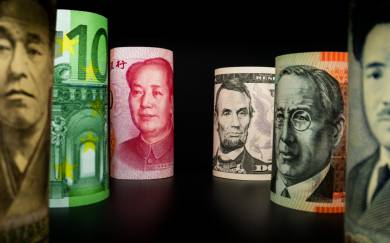






 Saul Lokier 16.05.2022 08:02
Saul Lokier 16.05.2022 08:02
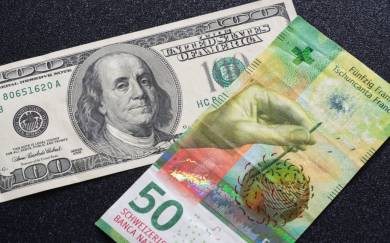



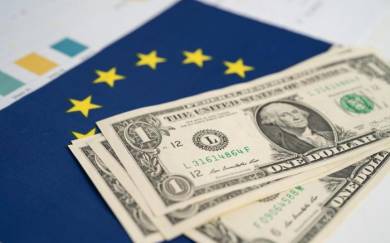


















 Ed Moya 19.05.2022 23:51
Ed Moya 19.05.2022 23:51






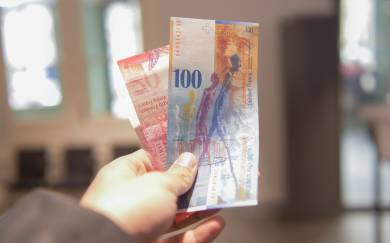
 Matthew Ryan 23.05.2022 15:20
Matthew Ryan 23.05.2022 15:20






 OneRoyal Market Updates 23.05.2022 08:24
OneRoyal Market Updates 23.05.2022 08:24

 Ara Zohrabian 24.05.2022 14:05
Ara Zohrabian 24.05.2022 14:05


 Craig Erlam 24.05.2022 19:57
Craig Erlam 24.05.2022 19:57












 ICM.COM Market Updates 27.05.2022 08:40
ICM.COM Market Updates 27.05.2022 08:40












 InstaForex Analysis 06.06.2022 15:16
InstaForex Analysis 06.06.2022 15:16


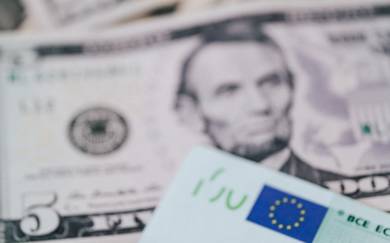
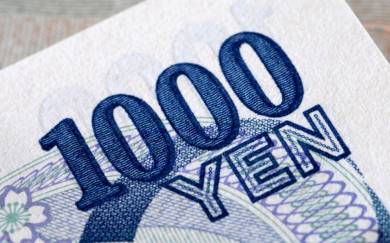







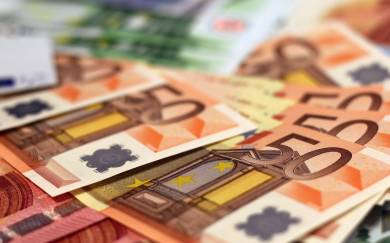













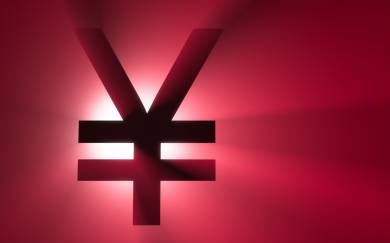
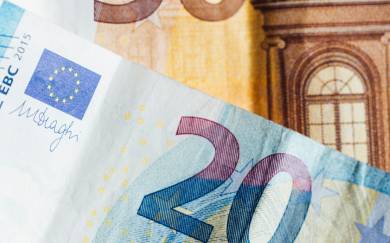





















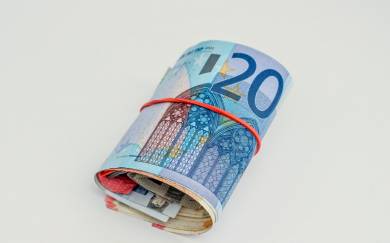

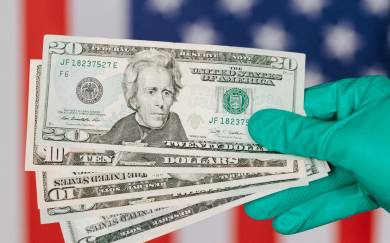
















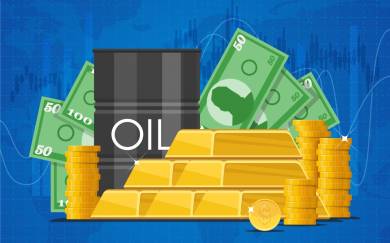














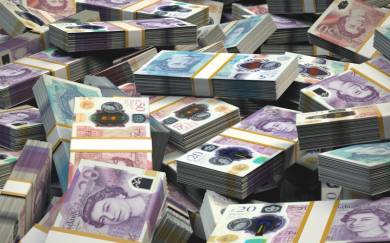


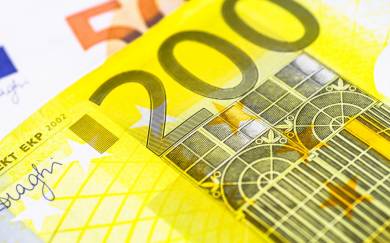




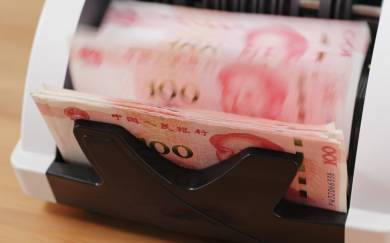

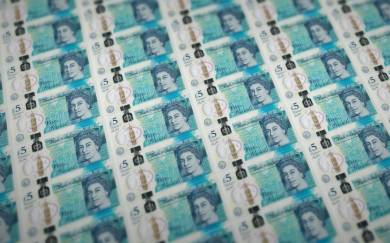



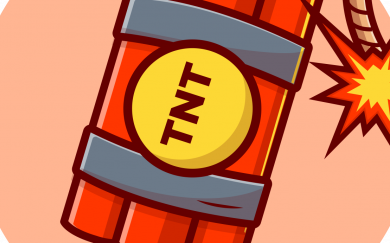





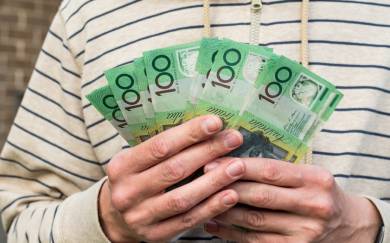
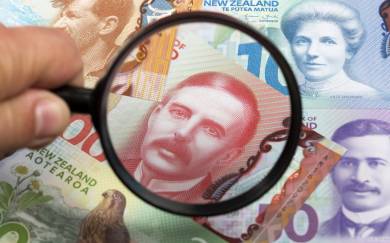
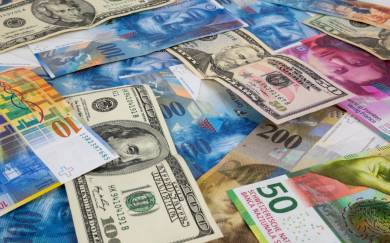







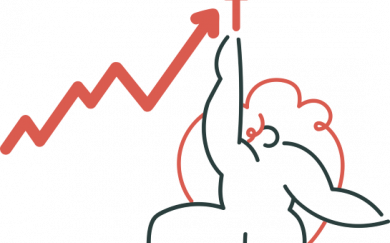




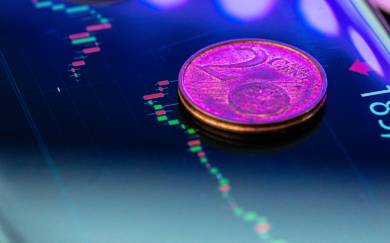








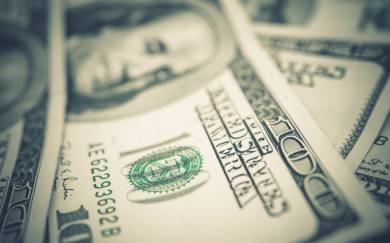





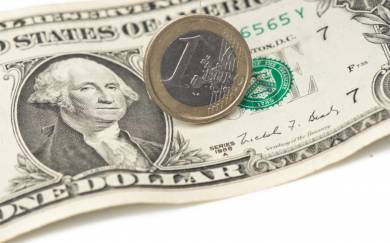

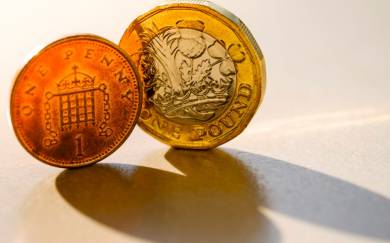
















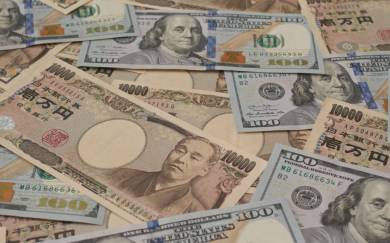






























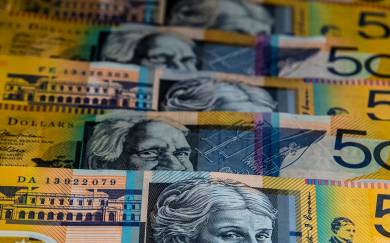



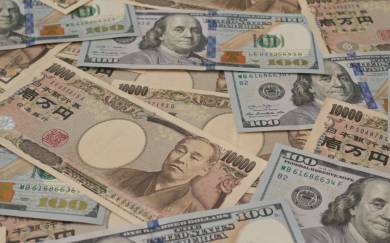














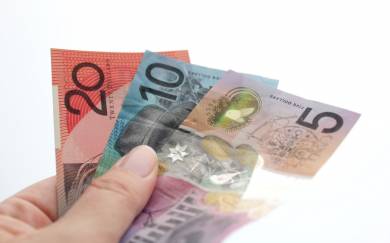
















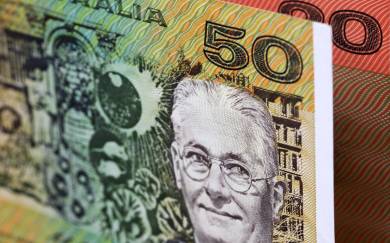




 Alexander Boltyan 06.09.2022 14:21
Alexander Boltyan 06.09.2022 14:21


 Mark Goichmann 06.09.2022 16:26
Mark Goichmann 06.09.2022 16:26


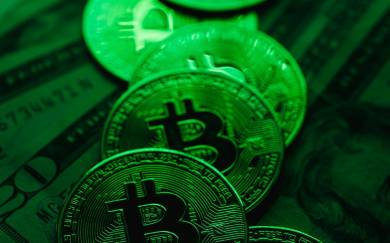






























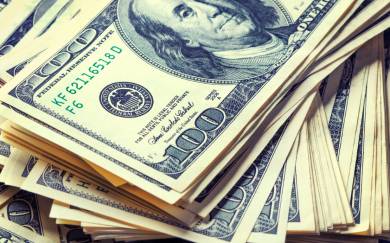







 TeleTrade Comments 14.09.2022 12:21
TeleTrade Comments 14.09.2022 12:21






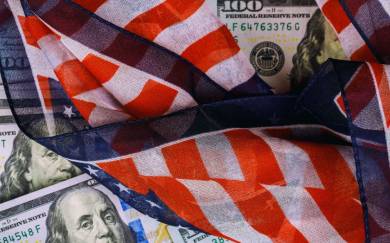
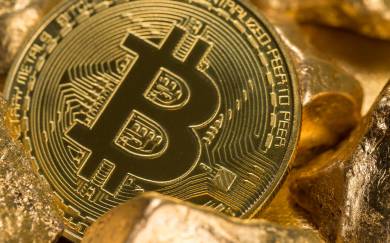













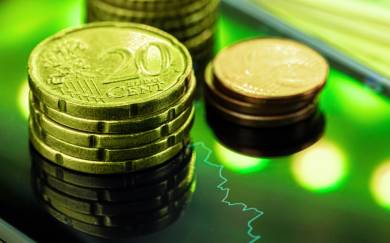


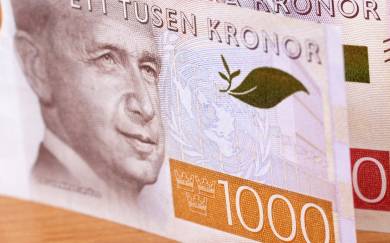


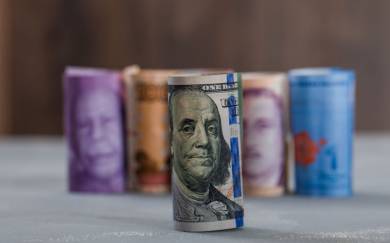





















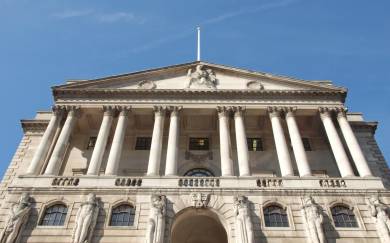
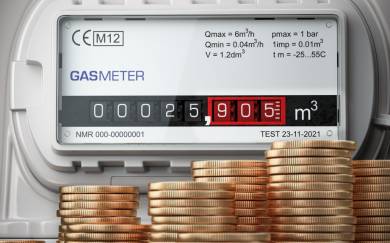
























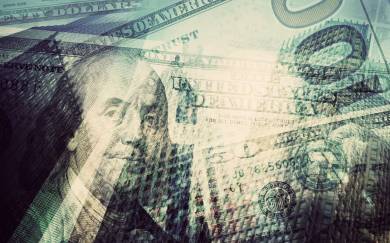



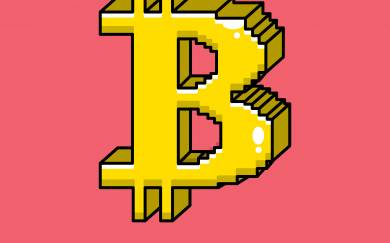













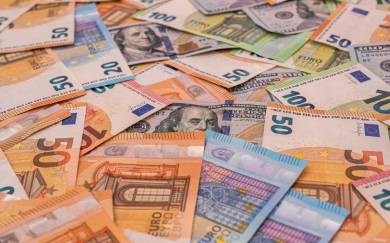

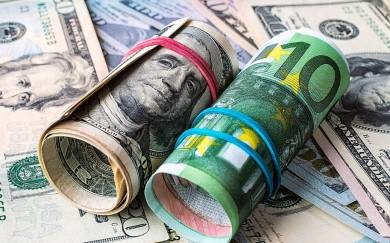
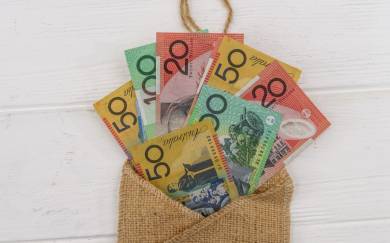

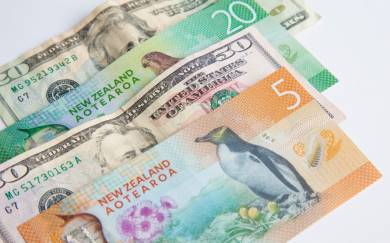


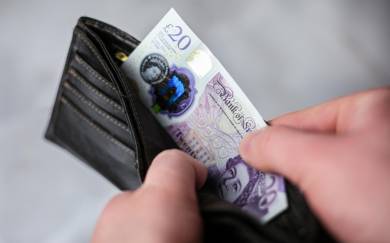

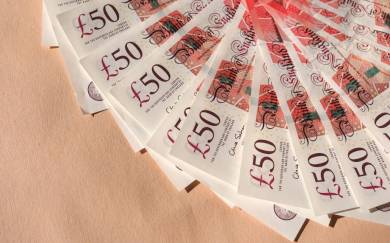








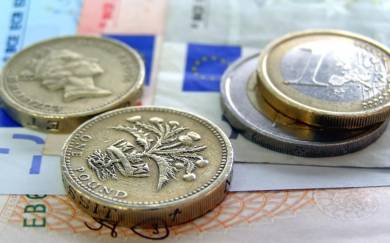



















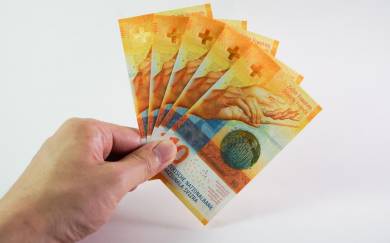

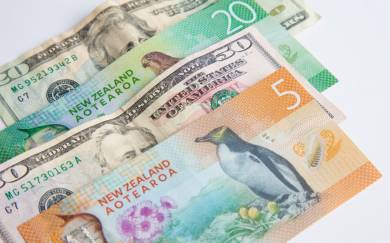












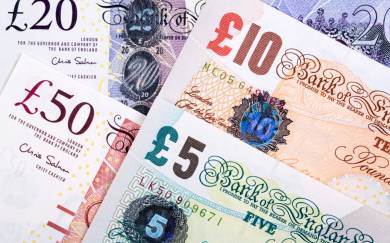
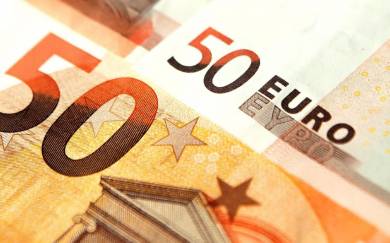

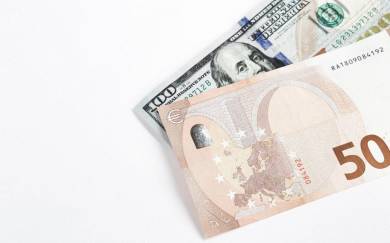






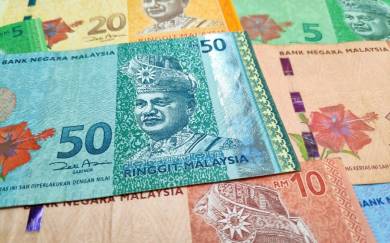
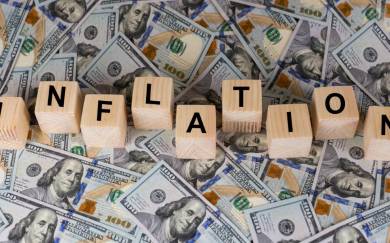




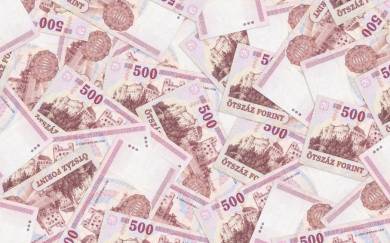




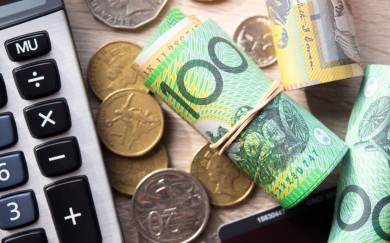

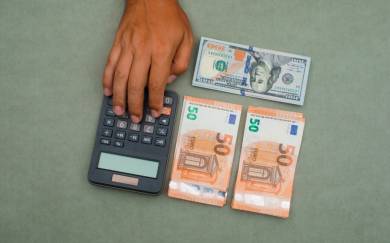

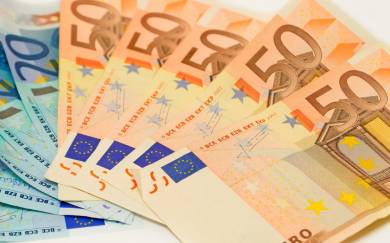
























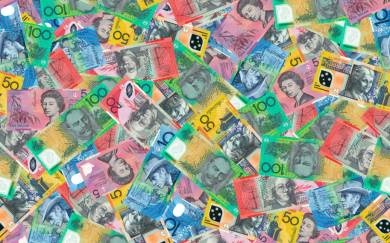

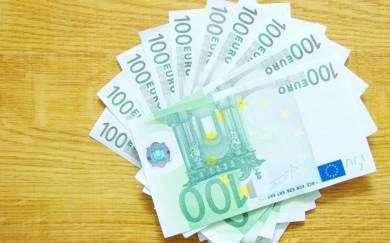

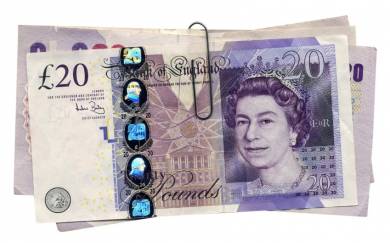

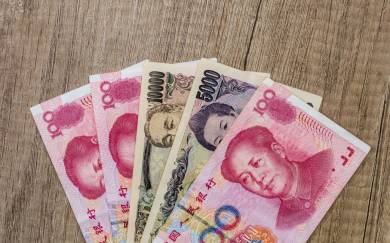








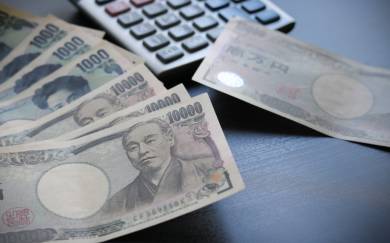

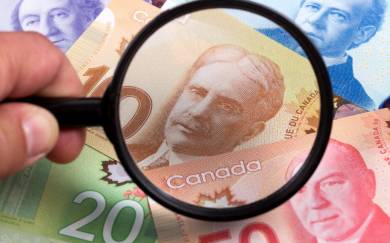
















 Kamila Szypuła 20.10.2022 10:56
Kamila Szypuła 20.10.2022 10:56





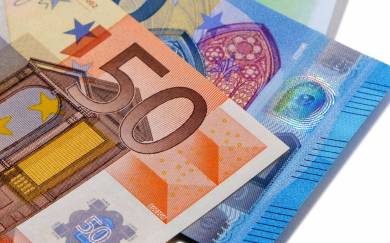











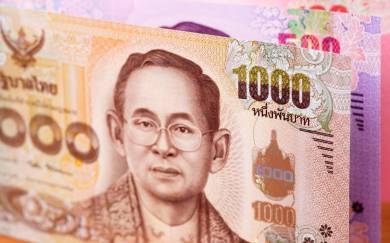

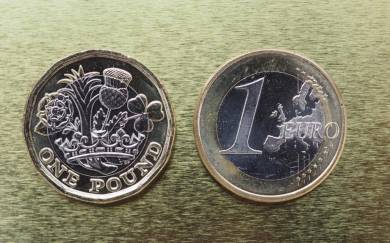



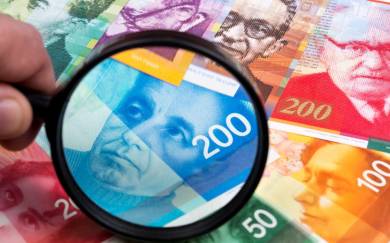






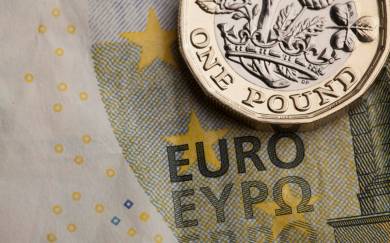

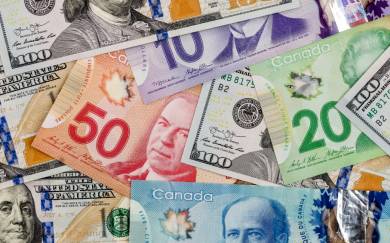







 Enrique Díaz-Álvarez 07.11.2022 14:48
Enrique Díaz-Álvarez 07.11.2022 14:48


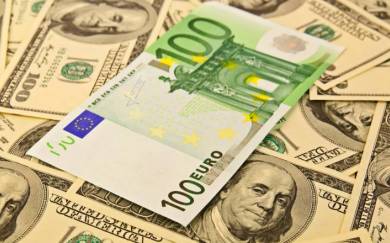




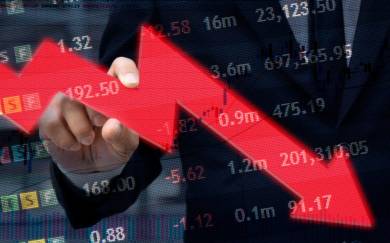












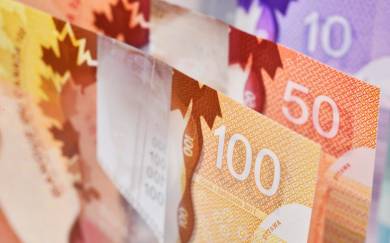
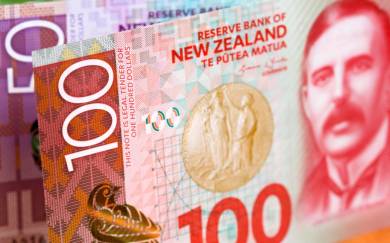





 Ipek Ozkardeskaya 29.11.2022 20:58
Ipek Ozkardeskaya 29.11.2022 20:58


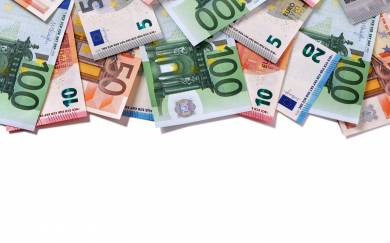
 Steen Jakobsen 29.11.2022 15:07
Steen Jakobsen 29.11.2022 15:07




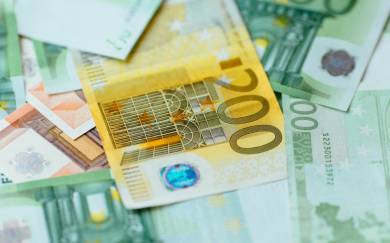


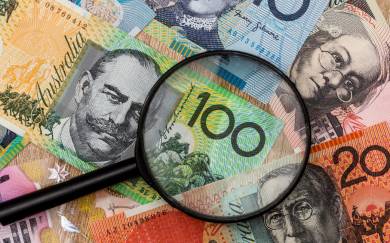
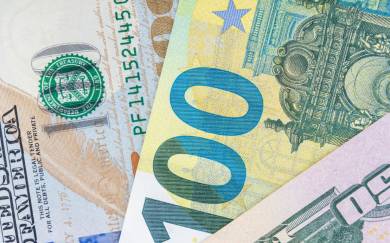


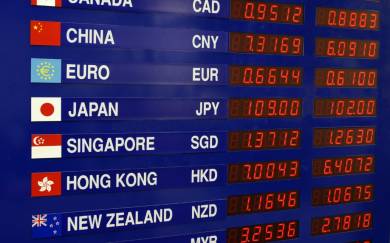
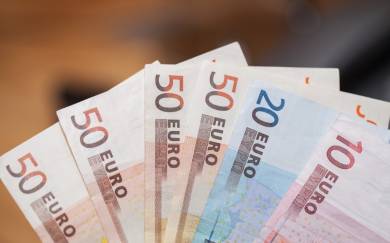
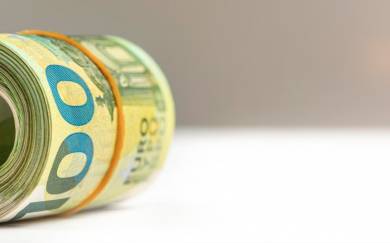

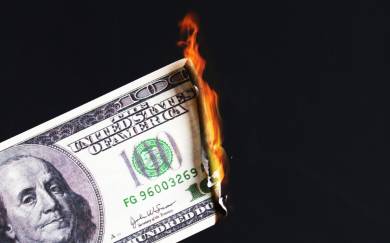

 Paolo Greco 14.12.2022 08:00
Paolo Greco 14.12.2022 08:00

 Intertrader Market News 14.12.2022 10:10
Intertrader Market News 14.12.2022 10:10

 Peter Jacimovic 15.12.2022 10:04
Peter Jacimovic 15.12.2022 10:04



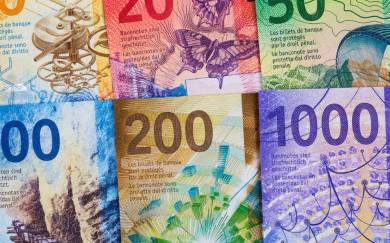







 Oscar Ton 28.12.2022 08:11
Oscar Ton 28.12.2022 08:11
 Torben Melsted 28.12.2022 08:18
Torben Melsted 28.12.2022 08:18

 Jakub Novak 28.12.2022 09:14
Jakub Novak 28.12.2022 09:14
 Ralph Shedler 28.12.2022 14:00
Ralph Shedler 28.12.2022 14:00



 XTB Team 30.12.2022 14:36
XTB Team 30.12.2022 14:36


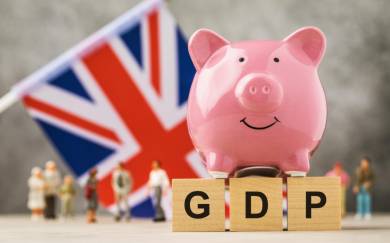










 Michael Hewson 18.01.2023 11:34
Michael Hewson 18.01.2023 11:34


 Marek Petkovich 23.01.2023 10:02
Marek Petkovich 23.01.2023 10:02








